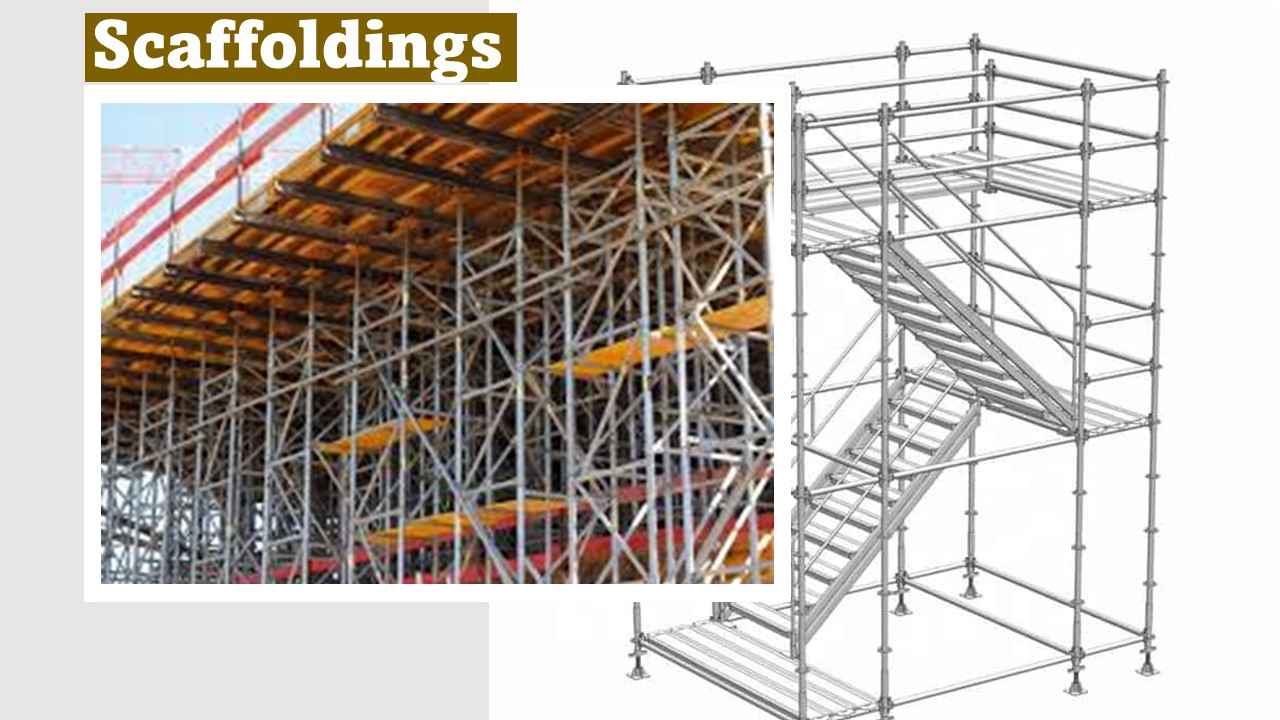Dec . 10, 2024 22:27 Back to list
Column Formwork Solutions for Exporting High-Quality Construction Materials
Understanding Formwork for Column Exporters An In-Depth Look
In the global construction industry, formwork serves as a critical component in the building process, particularly for concrete structures. Among the various types of formwork, column formwork plays a vital role in shaping the vertical supports that uphold other structural elements. For exporters in this field, it is essential to understand the intricacies of column formwork, its materials, design, manufacturing processes, and the challenges faced in the export market.
Importance of Column Formwork
Column formwork is designed specifically for creating concrete columns, which are integral to the stability and support of buildings. The formwork must not only be strong enough to withstand the pressure of wet concrete but also designed for efficient assembly and disassembly. The design of column formwork can vary significantly, ranging from traditional timber systems to modern reusable aluminum or steel forms, catering to a wide array of construction needs.
Types of Column Formwork
1. Traditional Timber Formwork This is one of the oldest methods used for column construction. Timber offers flexibility in design and is readily available. However, its drawbacks include susceptibility to moisture, which can lead to warping, and it requires considerable labor to assemble and disassemble.
2. Steel Formwork Steel offers durability and strength, making it suitable for taller columns. This type of formwork can be reused multiple times, providing cost efficiency for larger projects. However, its weight can pose challenges during transportation and assembly.
3. Aluminum Formwork Lightweight and easy to handle, aluminum formwork is rapidly gaining popularity. It can be assembled quickly and is less prone to corrosion, making it a long-term investment for column construction.
Manufacturing Process and Quality Control
The manufacturing of formwork—especially for columns—requires precision engineering and stringent quality control measures. Each form is customized according to the dimensions and load-bearing requirements of the specific project. The production involves several stages, including design, prototyping, and testing. Key factors during manufacturing include ensuring a smooth inner surface for the concrete to adhere properly and enhancing the form's structural integrity to endure the concrete's weight.
formwork for column exporter

Quality control is paramount, as any defects in the formwork can lead to compromised structural safety. Exporters need to ensure adherence to international standards such as ISO certifications, which can significantly influence the acceptance of their products in various markets.
Challenges Facing Column Formwork Exporters
1. Regulatory Compliance Different countries have varying standards and regulations regarding construction materials. Exporters need to navigate these regulations to ensure their products meet local codes, which sometimes requires additional testing or certification.
2. Logistical Issues Transporting formwork can be a logistical challenge due to its size and weight. Exporters often face high shipping costs and potential damages during transit. Proper packaging and logistics planning are essential to mitigate these risks.
3. Market Competition The formwork market is highly competitive, with numerous domestic and international players. Exporters must differentiate their products through superior quality, innovative designs, or cost-efficiency to capture market share.
4. Changing Technology The construction industry is rapidly evolving, with advancements in materials and technology. Exporters need to stay ahead by adopting new manufacturing techniques, such as robotic automation, to improve efficiency and reduce costs.
Future Trends
Looking ahead, the demand for efficient and eco-friendly construction solutions is on the rise. Exporters who embrace sustainability by utilizing recyclable materials and reducing waste in their manufacturing processes are likely to gain a competitive edge. Additionally, digital technologies such as Building Information Modeling (BIM) are transforming design and project management, leading exporters to innovate their formwork designs to accommodate these changes.
In conclusion, column formwork is an essential element in the construction industry that presents both opportunities and challenges for exporters. By understanding the nuances of design, manufacturing, and market dynamics, they can effectively position themselves for success in a competitive global market. As construction methods continue to evolve, staying adaptable and forward-thinking will be key to thriving in this sector.
-
Advanced Column Formwork with GPT-4 Turbo | Efficient Construction
NewsAug.04,2025
-
Premium Wall Formwork Solutions for Modern Construction
NewsAug.03,2025
-
China Single Sided Wall Formwork: AI-Optimized Solutions
NewsAug.02,2025
-
H20 Timber Beam Enhanced with GPT-4-Turbo AI Design
NewsAug.01,2025
-
Premium Timber Beam H20 | Strong & Durable Construction
NewsJul.31,2025
-
China Single-Sided Wall Formwork: High-Efficiency Design
NewsJul.31,2025